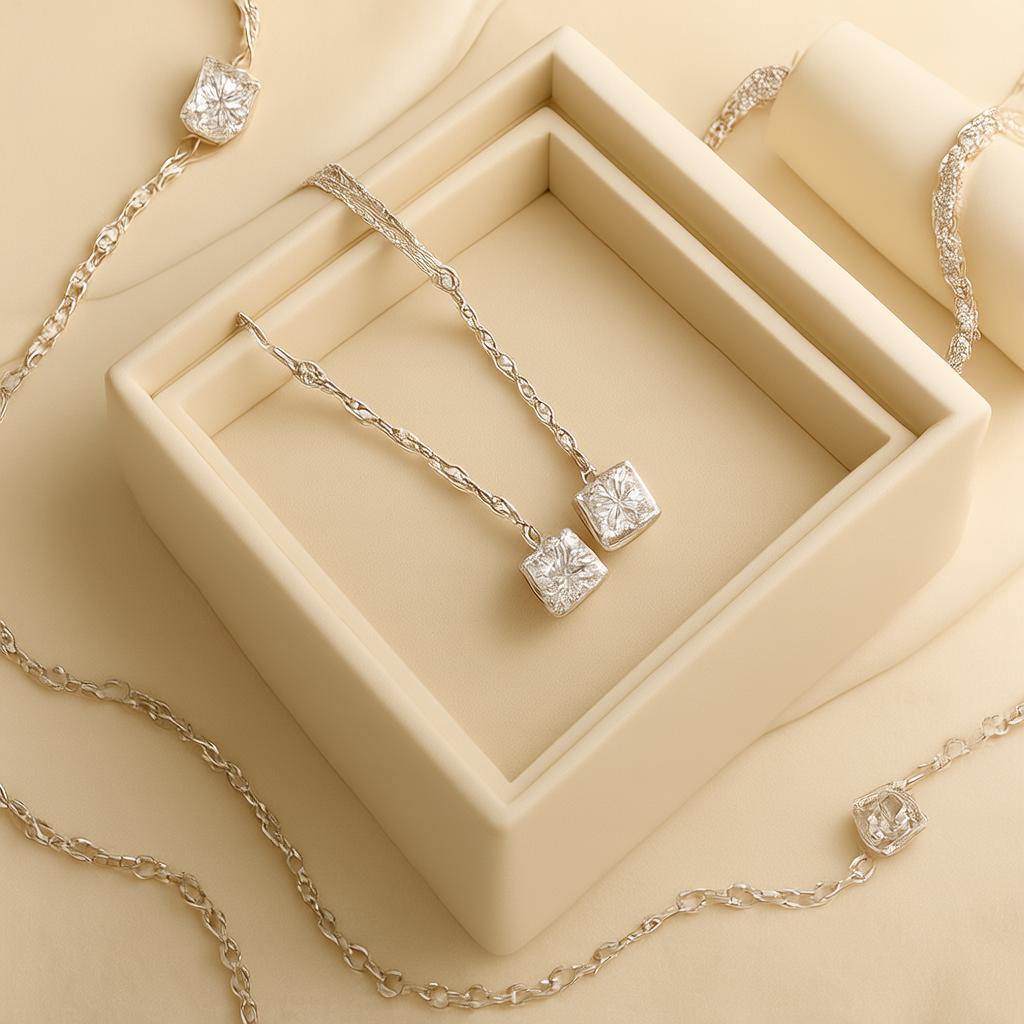Ethical Diamonds

Chapter 1: Understanding Ethical Diamonds
What Makes a Diamond Ethical?
Ethical diamonds are sourced in ways that minimize environmental harm and avoid human rights abuses. The two main types are:
Lab-Grown Diamonds
-
-
Created in controlled labs using HPHT (High Pressure High Temperature) or CVD (Chemical Vapor Deposition).
-
Identical in quality to mined diamonds but more affordable & eco-friendly.
-
No mining = No land disruption or unethical labor practices.
Conflict-Free Natural Diamonds
-
Mined under strict regulations (Kimberley Process Certification).
-
Ensure fair wages & safe working conditions for miners.
-
Still have a higher environmental impact than lab-grown diamonds.
-
-
Why Ethical Diamonds Matter
-
Environmental Benefits: Lab-grown diamonds reduce water usage, carbon emissions, and ecosystem destruction.
-
Social Responsibility: Ensures no child labor or exploitative mining practices.
-
Transparency: Ethical brands trace diamond origins for consumer trust.
🔹 Diamond-Lab’s Promise: We exclusively use lab-grown and certified conflict-free diamonds, ensuring luxury with a conscience.
Chapter 2: Ethical Jewelry for Every Piece (Rings, Earrings, Bracelets, Necklaces)
1. Ethical Diamond Rings

-
Engagement & Wedding Bands: opt for lab-grown diamonds or recycled gold bands.
-
Custom Designs: Choose Canadian or Botswana-mined diamonds (strict ethical standards).
-
Care Tip: Clean with a soft brush & mild soap to maintain brilliance.
2. Ethical Diamond Earrings

-
Studs, Hoops, Dangles: Lab-grown diamonds offer the same sparkle without ethical concerns.
-
Care Tip: Store in anti-tarnish pouches to prevent oxidation.
3. Ethical Diamond Bracelets

-
Tennis Bracelets, Charm Bracelets: Ensure recycled metals & traceable gems.
-
Care Tip: Avoid wearing during sports or heavy activity to prevent damage.
4. Ethical Diamond Necklaces

-
Pendants, Chokers, Layered Chains: Look for Fair mined gold & lab-grown stones.
-
Care Tip: Polish chains monthly to prevent tarnishing.
Chapter 3: How to Care for Your Fine Jewelry (Step-by-Step Guide)
1. Proper Storage
-
Use individual soft pouches to prevent scratches.
-
Keep away from humidity (silver tarnishes faster in moisture).
-
Hang necklaces to avoid tangling.
2. Cleaning Methods
| Jewelry Type | Cleaning Solution | Tools Needed |
|---|---|---|
| Diamond Rings | Warm water + mild soap | Soft-bristle brush |
| Gold/Silver Jewelry | Baking soda + water paste | Microfiber cloth |
| Pearl/Gemstone | Damp cloth (no chemicals) | Gentle wipe only |
3. Daily Wear & Tear Prevention
-
Remove jewelry before:
-
Swimming (chlorine damages metals)
-
Gym workouts (sweat accelerates tarnishing)
-
Applying lotions/perfumes (chemicals dull shine)
-
4. Professional Maintenance
-
Annual Inspections: Check prongs, clasps, and settings.
-
Ultrasonic Cleaning: Safe for diamonds & hard gemstones (not pearls/opals).
-
Replating (for gold/silver): Restores faded jewelry.
Chapter 4: Diamond-Lab’s Commitment to Ethical Luxury
At Diamond-Lab, we prioritize:
✔ 100% Lab-Grown & Conflict-Free Diamonds
✔ Recycled Precious Metals (Reduces mining demand)
✔ Carbon-Neutral Shipping
✔ Lifetime Warranty & Cleaning Services
Final Thoughts: Ethical Choices & Lasting Beauty
Choosing ethical diamonds means luxury without compromise. By following proper jewelry care techniques, your rings, earrings, bracelets, and necklaces will shine for decades.
🔹 Explore Diamond-Lab’s ethical collection today: jewelrystore24.com